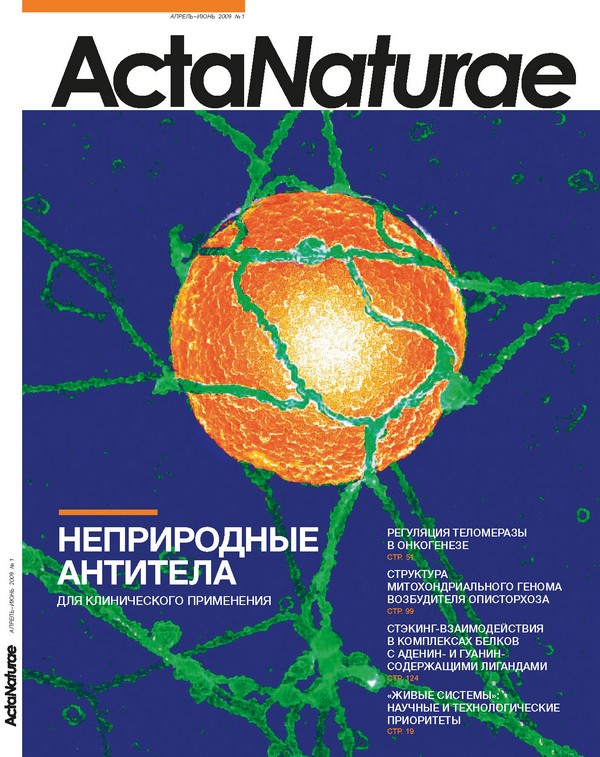Abstract
The modular structure and versatility of antibodies enables one to modify natural immunoglobulins in different ways for various clinical applications. rational design and molecular engineering make it possible to directionally modify the molecular size, affinity, specificity, and immunogenicity and effector functions of an antibody, as well as to combine them with other functional agents. this review focuses on up-to-date methods of antibody engineering for diagnosing and treating various diseases, particularly on new technologies meant to refine the effector functions of therapeutic antibodies. Key words: monoclonal antibodies, humanized antibodies, single-chain antibodies, multivalency, bispecificity, target-specific delivery, barnase:barstar module, and immunodibarnase. Abbreviations: ADcc (antibody-dependent cellular cytotoxicity); cDc (complement-dependent cytotoxicity); MAb (monoclonal antibodies); cH and cL (constant domains of antibody heavy and light chains); СНО cells (chinese hamster ovary cells); eGFr (Her1) (epidermal growth factor receptor, cancer marker); Fab (antigen-binding fragment of antibody); Fc (constant (crystallizable) antibody fragment); Fcγr (cell receptor of antibody Fc-fragments); Fcrn (neonatal receptor of antibody Fc-fragments); Her1 and Her2/neu (cancer markers of tyrosine kinase receptor group); IgA, IgG, IgD, Ige, IgM (A, G, D, e, M immunoglobulins (antibodies of the A, G, D, e, M classes)); scFv (single chain fragment variable); PSMA (prostate-specific membrane antigen); VeGF (vascular endothelial growth factor); VH and VL (variable domains of heavy and light antibody chains).







